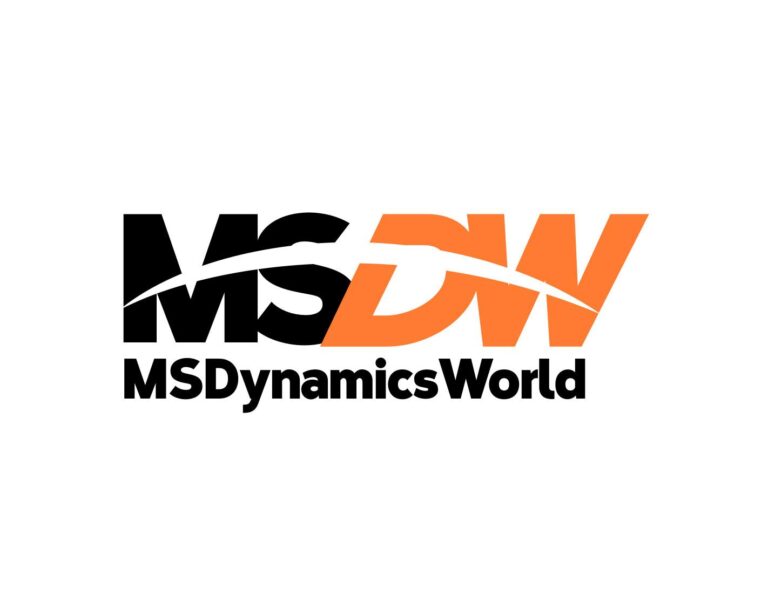Despite improvements in the public sector making services more modern and in line with private sector organizations, customers are still unsatisfied with the results. The public sector has a huge opportunity to increase trust in government services in a cost effective, efficient way.
Imagine having a seamless customer experience with your local or state government agencies like you have with private sector businesses. What if they went the extra mile during significant life events, sending a care package to parents of newborns, for example, or telling retirees about new programs for active aging?
See why trust is key for public sector success
Learn why delivering personalized digital services is the fastest way to increase trust in government. We’ve partnered with the Boston Consulting Group for a deep dive on the trust deficit between government agencies and their constituents.


Businesses excel at this level of customer-centric services delivery, shifting what people expect from digital services. So why can’t public sector agencies?
Of the 28,221 people surveyed in the Boston Consulting Group’s (BCG) third annual Global Trust Imperative 3.0 Report, 93% of respondents expect government quality of service to be on par with leading tech companies, the commercial sector, and innovative government providers.
Here’s what the data tells us:
- People want personalized online services from government
- There is a direct link between service quality and trust
- How services are personalized are key to consumer satisfaction
- Moving all government services online is feasible
- 54% of customers find it easier to get government help online than in person
Only 14% of respondents globally are willing to give the government access to any data, even if it makes their life easier.
There is an opportunity for the public sector to digitize more complex services, and do so in a cost-efficient way. Doing this can reinforce and increase trust in government services, providing what people and communities need — now.
Get articles selected just for you, in your inbox
Digital government services are on the rise
Whether you are looking to see when the next city bus will arrive or applying for government benefits online, we all rely on digital government services more than we think.
Globally, 49% of respondents said they use online government services at least once weekly, and 23% access services at least once daily. When COVID limited in-person interactions, the public sector collectively responded with digital solutions that were widely used across the globe.
In fact, COVID-related services are the most commonly used digital government service in 2022 — used by 81% of respondents globally.
However, the U.S. and Canada trail the global trends, with only 39% of U.S. and 27% of Canadian respondents using online government services once or more per week. Notably, Canada had the lowest percentage of respondents who access services weekly from all countries surveyed.
This usage gap raises questions: Have the U.S. and Canada used technology to its full potential in government services? Is the trust in these services wavering?
There’s a simple link between quality of service and trust. A positive online experience — like easily renewing a license or paying a bill — can increase trust in government services. However, customer satisfaction has stayed the same since 2018, sitting at a mere 63%, revealing ample room for improvement from the public sector.
So, what can government offices do to succeed now? What can public sector agencies do to make their digital services better, while building trust with their citizens and constituents?
Modernize government service
The public sector can better serve constituents with more personalized offerings through improved technology. Learn more about what’s possible.



Data can give personalization a boost
People want an experience that is customized for them, one that enables them to have the information they need at their fingertips. In a recent Salesforce survey, 73% of people expect companies to understand their unique needs and expectations.
Personalized services can improve the experience in many ways, ranging from auto-filled forms with available personal data or product and service recommendations tailored to a person’s unique needs.
When done correctly, personalization can improve product and service quality, reduce service costs, and increase engagement and satisfaction for constituents.
By personalizing digital services, the public sector can embed empathy in all customer interactions – human and digital – and ultimately increase trust in government services.
We found that 72% of people surveyed said they were comfortable with personalized government digital services. And 24% said they were satisfied with the government collecting information from third parties with consent in addition to what they already know. In turn, this data delivers insights that help agencies offer further optimized and automated services.
In the U.S, 70% prefer personalized services, and in Canada, that number rises to 76%.
Look at the City of Denver for example. The city developed a Pocket Guide application that consolidates more than 30 city services into a single platform. People can easily check wait times at the local service center or receive updates on events or incidents reported in their neighborhood, using geolocation data.
However, to increase trust in government services, the public sector has to be wise in how that data is gathered and used.
With responsible use of data, government can get proactive
Personalization can also help governments proactively offer solutions and take action on behalf of their constituents.
Proactive services include automatically enrolling people in eligible services and engaging them on services based on their circumstances or previous actions.
The Global Trust Imperative 3.0 Report shows that people are ready to trust their governments with this data, if it helps improve or streamline services.
Globally, 85% of respondents are open to proactively offering services and information to the government. That number is higher in Canada, where 89% of respondents prefer proactive government services. The U.S., however, is a bit lower than the global average, with 82% choosing proactive services.
The more you know about a person, the better you can tailor services to their personal experiences and needs. As the level of personalization and proactivity matures, government agencies will need more data to gain a more complete view of constituents’ needs.
Building community through tech
Learn how the City of Toronto reinvented its internal systems and improved how they communicate with their community.



Increasing trust in government services starts with addressing the trust deficit
BCG found that 47% of consumers surveyed don’t trust the government to protect their data.
Only 14% of respondents globally are willing to give the government access to any data, even if it makes their life easier. But, 54% will provide access to related data at a minimum, and 91% will give access to at least the bare minimum of data needed.
But, to implement personalized and proactive services, the government needs to be data driven. Personalized and proactive services feature multiple layers of maturity, all providing different levels of value:
- Level 1: Personalization and proactivity in basic form, such as autofilling a person’s address
- Level 2: Personalization and proactivity tailored to life moments like birthdays or important events
- Level 3: Government digital services that behave more like a company, anticipating the citizen’s basic needs and delivered in their preferred way
There is some hope for government agencies looking to personalize their online services. Our survey showed that 89% of U.S. and 91% of Canadian respondents are willing to share data at or above minimum requirements.
While people are willing to share data with their government to make their online interactions run smoother, there’s still a gap of trust that the data will be used responsibly. By personalizing digital services, the public sector can embed empathy in all customer interactions – human and digital – and ultimately increase trust in government services.
Close the trust gap
Learn why trust is the biggest issue keeping the public sector from personalizing their services. Our newest report with the Boston Consulting Group tells the story with data.







